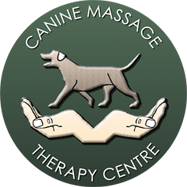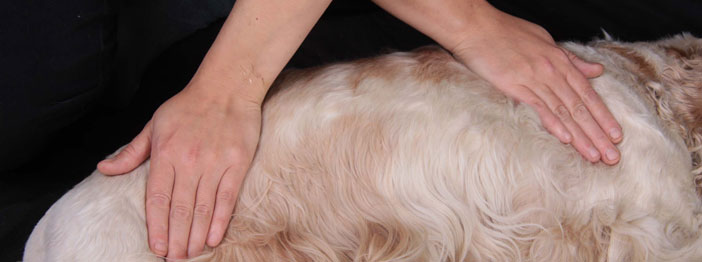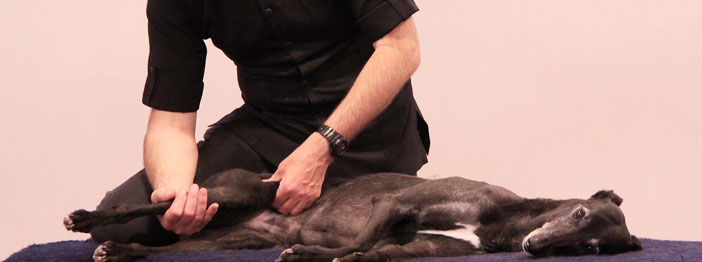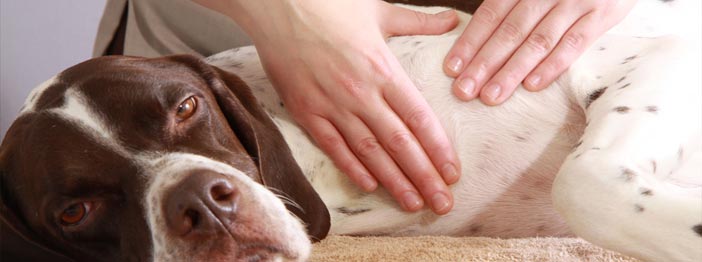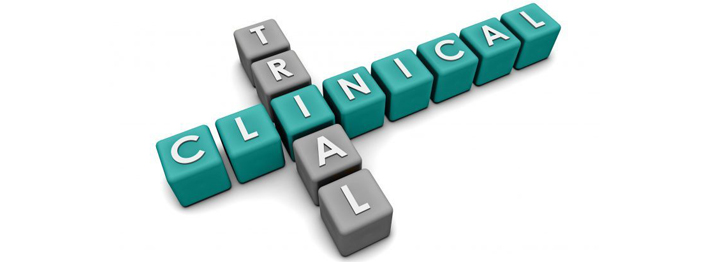
“Change the Muscle, Change The Posture, Change the Posture, Change The Behaviour”
Natalie Lenton
Canine massage is not a one size fits all approach and a good therapist should be able to get a good understanding of your dogs history and will work safely with them at all times. Many owners fear that their dogs 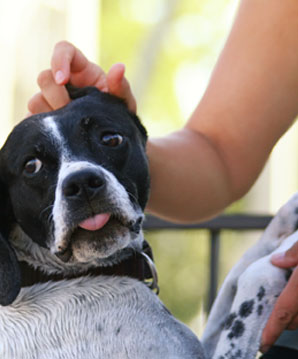 will not settle for massage and are surprised to see their dogs response when the dog is handled empathetically, with care and consideration and the correct massage techniques are used to calm them and relieve Myofascial pain from across the body. A therapist should also be able to assess for pain related muscular issues and have an understanding of common orthopaedic conditions that can affect a dogs mobility and personality.
will not settle for massage and are surprised to see their dogs response when the dog is handled empathetically, with care and consideration and the correct massage techniques are used to calm them and relieve Myofascial pain from across the body. A therapist should also be able to assess for pain related muscular issues and have an understanding of common orthopaedic conditions that can affect a dogs mobility and personality.
If you see any the following then Canine Massage Therapy is a worthwhile consideration when treating your dogs anxiety levels.
- Twitching of the skin/tight skin
- Doesn’t like to be handled/touched/groomed/examined
- Has been attacked by another dog
- Rescue/Rehomed
- Scared of strangers
- Nervous around other dogs (may be symptomatic of a pain guarding reflex)
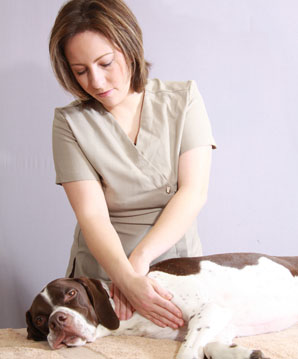 Stimulation of the parasympathetic nervous system is achieved with a number of canine massage techniques and the somatosensory nervous system is also addressed via Myofascial release to improve nerve and muscular function.
Stimulation of the parasympathetic nervous system is achieved with a number of canine massage techniques and the somatosensory nervous system is also addressed via Myofascial release to improve nerve and muscular function.
To find a therapist in your area, check out the “Find a Therapist” page
